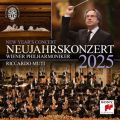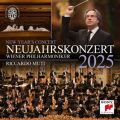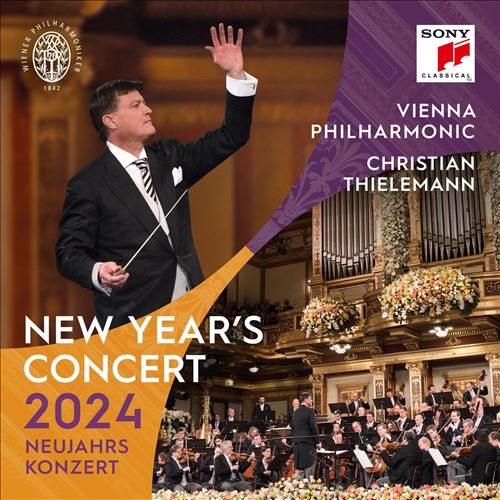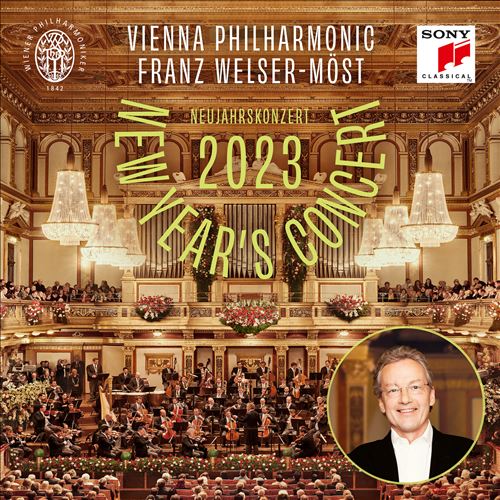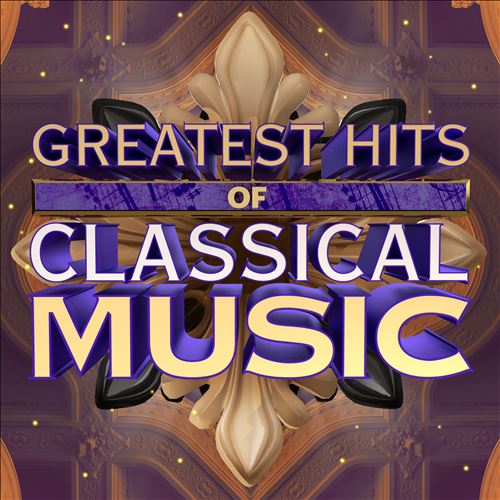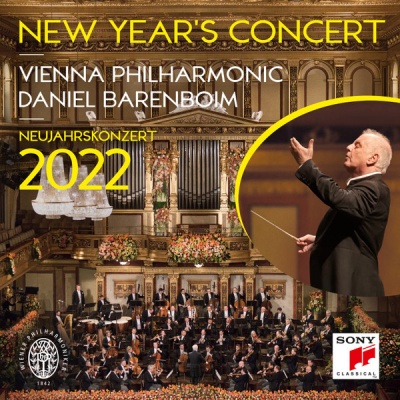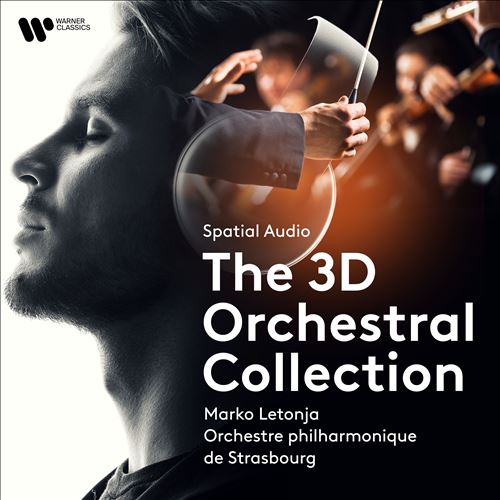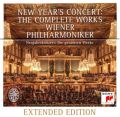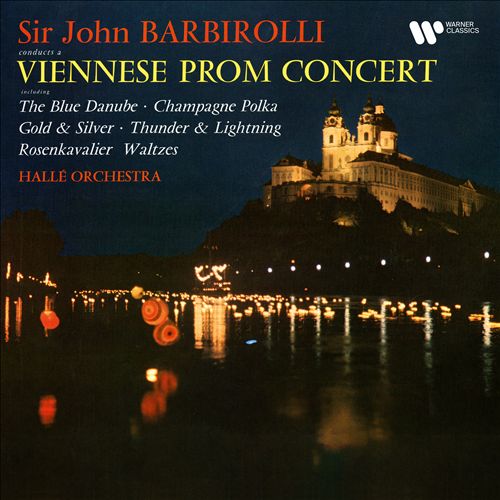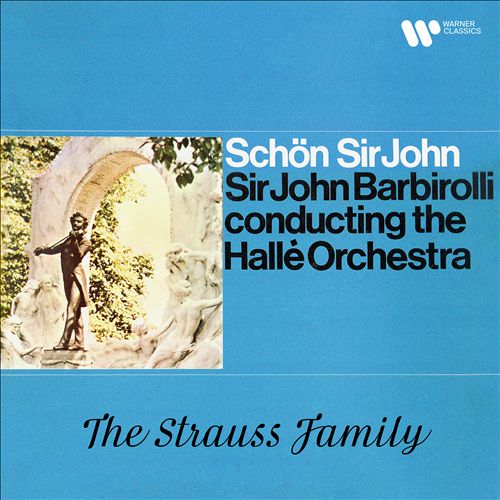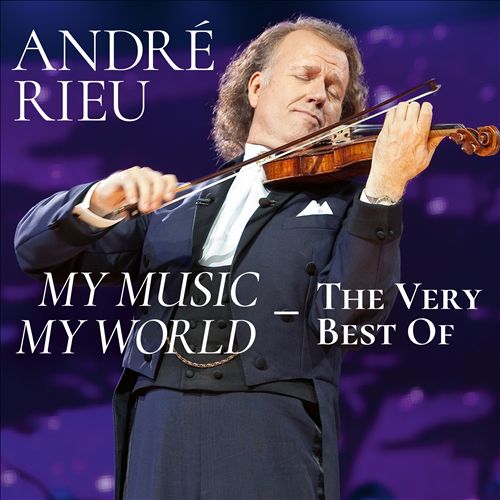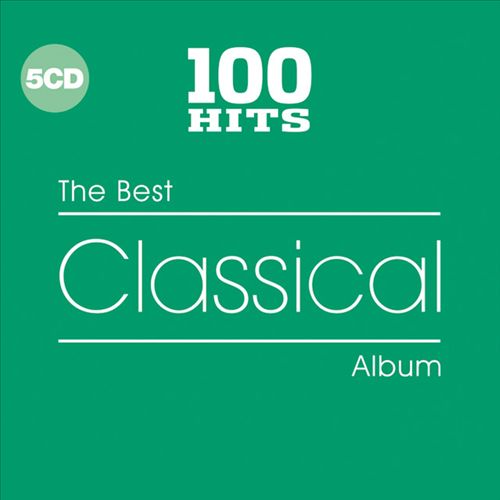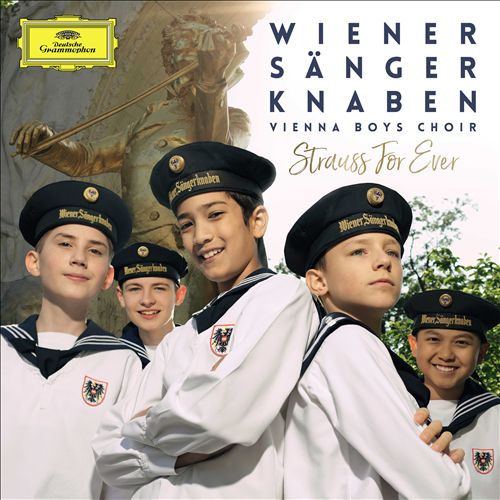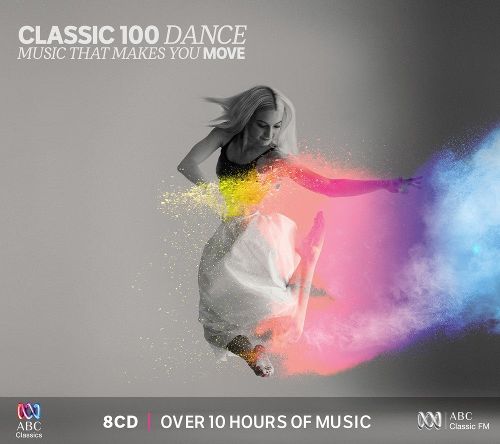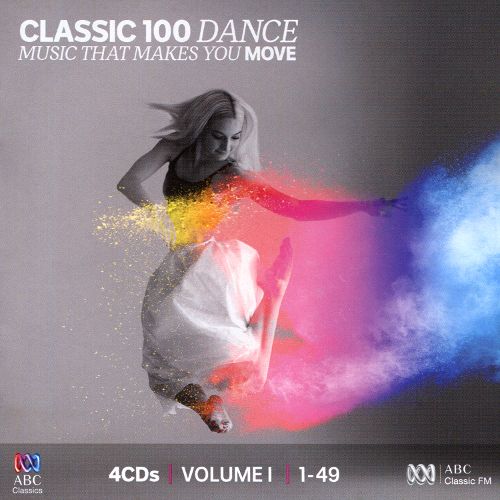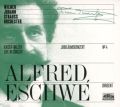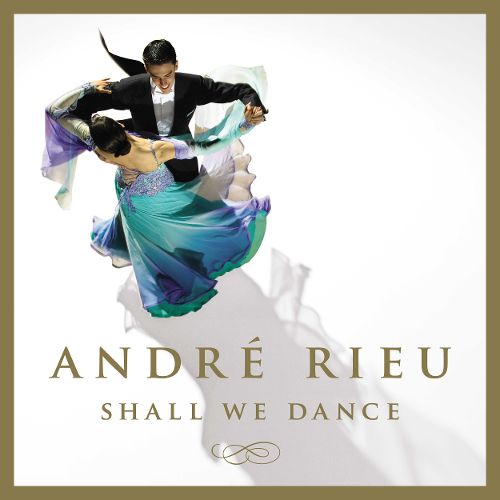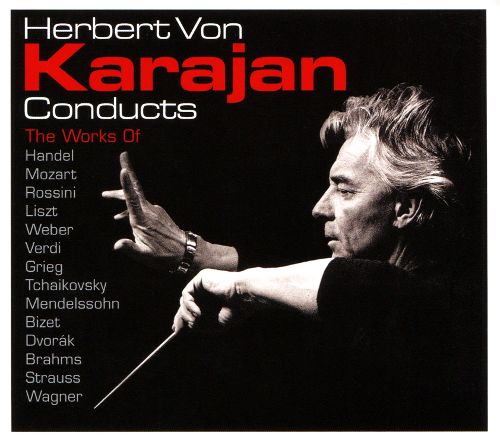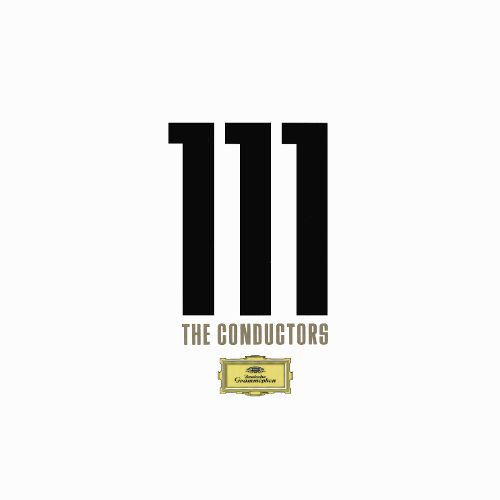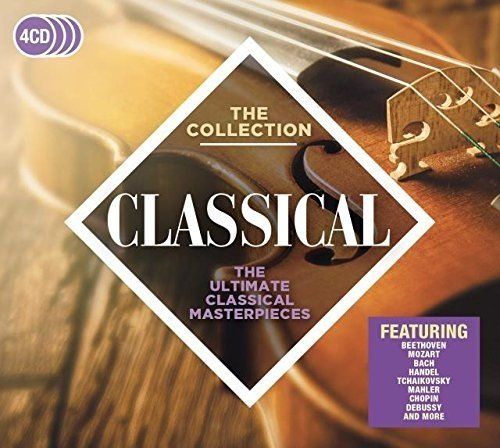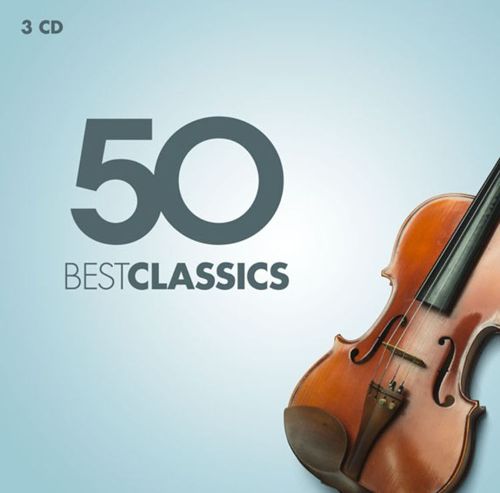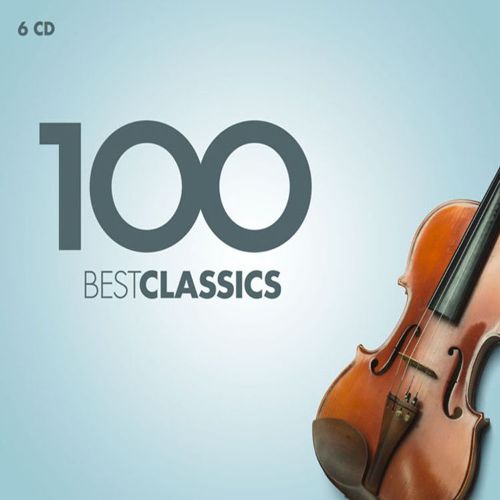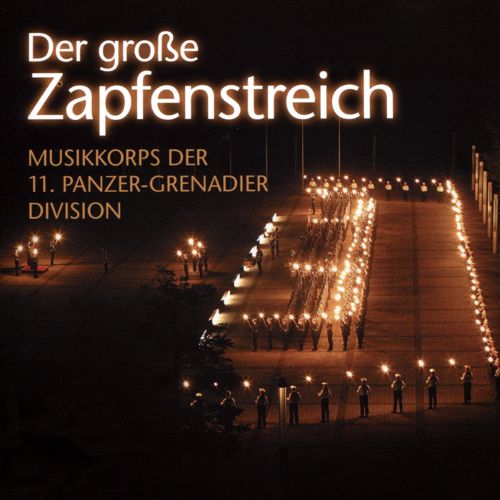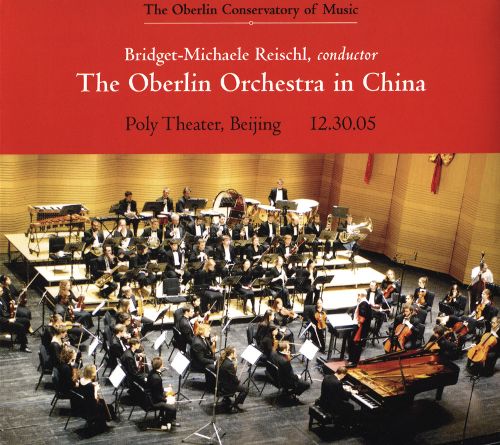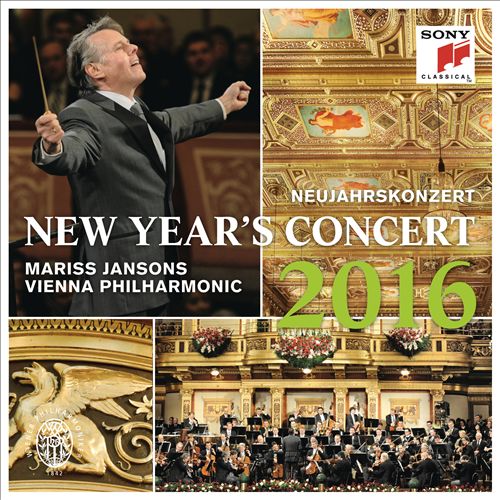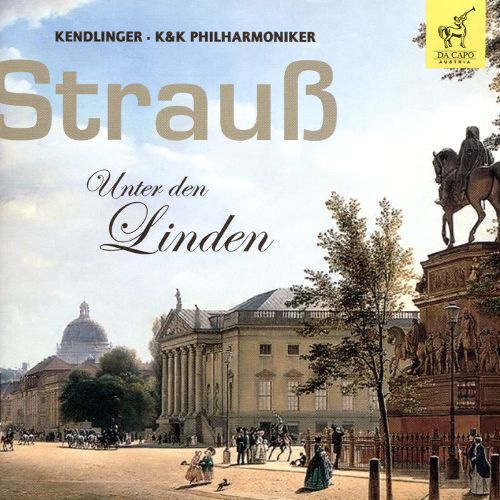Johann Strauss I (요한 슈트라우스 I)
Radetzky-Marsch, Op. 228
100
10,000
1,400
WORK INFO
Radetzky March, Op. 228, is a march composed by Johann Strauss Sr. in 1848. It was dedicated to the Field Marshal Joseph Radetzky von Radetz and soon became quite popular among regimented marching soldiers. It has been remarked that its tone is more celebratory than martial; Strauss was commissioned to write the piece to commemorate Radetzky's victory at the Battle of Custoza. For the trio, Strauss used an older folk melody called "Alter Tanz aus Wien“ or "Tinerl-Lied“ (Tinerl was a popular singer of the day) which was originally in 3/4 time. When Radetzky came back to Vienna after winning the battle of Custoza (1848), his soldiers were singing the then-popular song. Allegedly Strauss heard this singing and incorporated the melody, converted to 2/4 time, into the Radetzky March. When it was first played in front of Austrian officers, they spontaneously clapped and stamped their feet when they heard the chorus. This tradition, with quiet rhythmic clapping on the first iteration of the melody, followed by thunderous clapping on the second, is kept alive today by audience members who know the custom when the march is played in classical music venues in Vienna. The march is almost always played as the last piece at the Neujahrskonzert (New Year's Concert) of the Vienna Philharmonic. The orchestra did not play the Radetzky March on 1 January 2005, because of overwhelming losses due to the devastating tsunami in the Indian Ocean a few days before. The Radetzky March consists of three main parts:Since 1896, this has been the official presentation march of the Chilean Army's Military School of the Liberator Bernardo O'Higgins. The 1st The Queen's Dragoon Guards of the United Kingdom adopted the Radetzky March as its regimental quick march. The Sri Lanka Armoured Corps, whose practices and traditions are based on those of the 1st The Queen's Dragoon Guards, also use the Radetzky March as its regimental quick march.
- The introduction: the whole orchestra plays and the brass section carries the melody.
- The first figure: played by the string section.
- At figure two: the whole orchestra plays until figure three, when it repeats back to the D.S. (first figure).
- The trio: played by the brass section, with the trumpet playing three triplets in the last bars.
- Figure five: the whole orchestra plays.
- Figure six: the whole orchestra plays and then repeats back to figure five.
- The orchestra plays until the last bar, then returns to the D.C. (beginning).
- The orchestra plays until figure three, finishing with the Fine ("end") bar—i.e., the direction is Da capo al fine (repeat from beginning up to the word Fine).
Jeroen H.C. Tempelman, "On the Radetzky March", Vienna Music, no. 99 (Summer 2000), pp. 12–13From WIKIPEDIA
RELEASED ALBUMS
-
Neujahrskonzert 2025 New Year's ConcertJanuary 10, 2025
-
Johann Strauss I: Radetzky-Marsch, Op. 228 [2025]January 7, 2025
-
Prosit Neujahr! A Viennese New Year's Concert [2025]December 31, 2024
-
Yuletide TreatsOctober 18, 2024
-
Neujahrskonzert 2024 [New Year's Concert]January 12, 2024
-
Neujahrskonzert 2023 New Year's ConcertFebruary 17, 2023
-
Greatest Hits of Classical MusicApril 29, 2022
-
Neujahrskonzert 2022 / New Year's Concert 2022February 11, 2022
-
Spatial Audio: The 3D Orchestral CollectionOctober 15, 2021
-
New Year's Concert: The Complete Works - Extended EditionDecember 4, 2020
-
A Viennese Prom ConcertSeptember 4, 2020
-
Schön Sir JohnJune 19, 2020
-
My Music, My World: The Very Best of André RieuSeptember 20, 2019
-
100 Hits: The Best Classical AlbumMay 17, 2019
-
Strauss For EverSeptember 28, 2018
-
Classic 100 Dance: Music that Makes You MoveJune 11, 2018
-
Autobahn Classics: Classical Music Remastered for a Noisy Environment, Vol. 6May 11, 2018
-
Pisces: Music by the Great PisceansJanuary 17, 2018
-
Classic 100 Dance: Music that Makes You Move, Vol. 12018
-
Jubiläumskonzert No. 4: Kaiser-Walzer - Live in ConcertOctober 27, 2017
-
Shall We DanceOctober 6, 2017
-
Herbert Von Karajan ConductsSeptember 22, 2017
-
DG 111: The Conductors - Legendary RecordingsAugust 4, 2017
-
Classical: The CollectionMarch 10, 2017
-
50 Best ClassicsAugust 5, 2016
-
100 Best Classics [Warner Classics]August 5, 2016
-
Der groáe ZapfenstreichJune 24, 2016
-
The Oberlin Orchestra in China, Poly Theater, Beijing 12.30.05May 13, 2016
-
New Year's Concert 2016January 22, 2016
-
Strauß: Unter der Linden2016
FEATURED MOVIES
-
 02:01슈트라우스I: 라데츠키 행진곡 Op. 228
02:01슈트라우스I: 라데츠키 행진곡 Op. 228 -
 04:01슈트라우스I: 라데츠키 행진곡 Op. 22828.12. 2012Narodni dom Celje
04:01슈트라우스I: 라데츠키 행진곡 Op. 22828.12. 2012Narodni dom Celje -
 03:22슈트라우스I: 라데츠키 행진곡 Op. 228
03:22슈트라우스I: 라데츠키 행진곡 Op. 228 -
 02:49슈트라우스I: 라데츠키 행진곡 Op. 228April 20, 2009University Subway Station
02:49슈트라우스I: 라데츠키 행진곡 Op. 228April 20, 2009University Subway Station -
 03:17슈트라우스I: 라데츠키 행진곡 Op. 228Auditori i Palau de Congressos de Castello
03:17슈트라우스I: 라데츠키 행진곡 Op. 228Auditori i Palau de Congressos de Castello -
 04:31슈트라우스I: 라데츠키 행진곡 Op. 2282013.12.21Puerto de Valencia
04:31슈트라우스I: 라데츠키 행진곡 Op. 2282013.12.21Puerto de Valencia -
 03:52슈트라우스I: 라데츠키 행진곡 Op. 228November 3, 2013Maison Symphonique
03:52슈트라우스I: 라데츠키 행진곡 Op. 228November 3, 2013Maison Symphonique -
 02:46슈트라우스I: 라데츠키 행진곡 Op. 2282008
02:46슈트라우스I: 라데츠키 행진곡 Op. 2282008 -
 02:36슈트라우스I: 라데츠키 행진곡 Op. 2282015.01.08예술의전당
02:36슈트라우스I: 라데츠키 행진곡 Op. 2282015.01.08예술의전당 -
 03:01슈트라우스I: 라데츠키 행진곡 Op. 2282015. 2. 10부산문화회관 대극장
03:01슈트라우스I: 라데츠키 행진곡 Op. 2282015. 2. 10부산문화회관 대극장 -
 05:15슈트라우스I: 라데츠키 행진곡 Op. 2282014. 1. 11부산문화회관 대극장
05:15슈트라우스I: 라데츠키 행진곡 Op. 2282014. 1. 11부산문화회관 대극장 -
 02:44슈트라우스I: 라데츠키 행진곡 Op. 2282013. 5. 25부산문화회관 대극장
02:44슈트라우스I: 라데츠키 행진곡 Op. 2282013. 5. 25부산문화회관 대극장 -
 02:44슈트라우스I: 라데츠키 행진곡 Op. 2282012. 12. 22부산문화회관 대극장
02:44슈트라우스I: 라데츠키 행진곡 Op. 2282012. 12. 22부산문화회관 대극장 -
 03:59슈트라우스I: 라데츠키 행진곡 Op. 2282014. 03.02연세대학교 백양 콘서트 홀
03:59슈트라우스I: 라데츠키 행진곡 Op. 2282014. 03.02연세대학교 백양 콘서트 홀 -
 03:03슈트라우스I: 라데츠키 행진곡 Op. 228
03:03슈트라우스I: 라데츠키 행진곡 Op. 228
ALBUM MUSIC
WORKS SHOUTS


